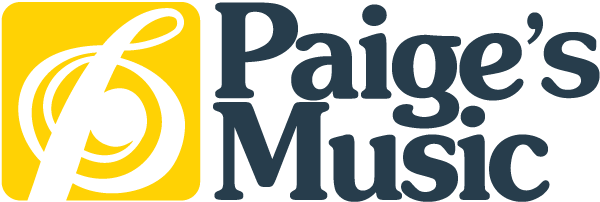Summer Trumpet Technique Bootcamp

Last time we discussed potential items to practice over the summer and I mentioned we would focus more on improving our technique. While a very broad and often times all-encompassing term, I would like to focus on a few areas of technique and try to assist brass players, mainly the trumpet players in the audience, in forming a schedule to maximize their time.
Fingers: Valves allow us to achieve all the different pitches we use in music and we can’t really move those without the use of our fingers! Proper finger technique has been debated fiercely so rather than get into that I will just suggest some exercises that will be helpful to get them moving. Often times our third finger (ring finger) is the weakest of the bunch and that gets us hung up whilst performing more technical passages. To get these moving grab your, Technical Studies by Herbert L. Clarke and turn to any of the exercises that are below “low C” specifically the second, third, fourth, and fifth studies. Start these exercises so slowly that you cannot possibly make a mistake and then do some tempo gymnastics by increasing the tempo by 5 bpm, then 3 bpm, then up by 5bpm etc. By following this method it is possible to increase technical facility in as few as 3 weeks.
Tongue: There are so many things that our tongue does when playing. The one thing we can focus on to really get things moving is the speed, clarity, and multiple tonguing. To increase the speed, ease, and clarity of our single tonguing I recommend what is referred to as, “The Minute Drill”. The minute drill takes only 1 minute to complete so this is easy to fit in daily. You begin single tonguing sixteenth notes at a manageable tempo say, 80 bpm, for one minute every day. After a week, bump it up to 88. It’s crazy I know, but stay with me. Each week bump the tempo up by 8 clicks. If you feel you haven’t gotten more comfortable you may take additional time. If during the exercise you get tired briefly stop but get back in and then stop at 1 minute.
You can also break out your Arban book for the double and triple tonguing and then alternate days to make sure these areas are consistently worked on.
Flexibility: This is where some people will just tell you to work on lip slurs, which is definitely part of it. But I think there is more here. We need to incorporate valve changes into these, especially when moving between partials e.g. G to D, or ‘middle’ C to F. I also thing interval studies come in handy here because we need to move quickly between the different registers of our instruments frequently and the only way to do this is to work towards remaining flexible. The interval studies in the Arban book are a great place to start and once you can play them tongued you should begin adding in the different slur marks to add challenges.
Range: Now to the spot way too many people are concerned about, high notes! I’ll say it now and have you repeat it; range isn’t everything. However, it is important that we work to facilitate comfort in not only our upper register but in the notes below low C. So many students have difficulties in the lower range because it often goes neglected. Long tones and the above mentioned Clarke exercises will help aid in comfort and execution of the lower register. Now for those high notes. Easy ways to build range are to play scales and arpeggios in half step intervals. Upper register development should be done twice a week to allow for adequate rest and recovery, and in careful increments. If you feel any discomfort, or if you cannot play certain notes DO NOT FORCE IT! This is how students tear their lip muscles or end up with more severe overuse injuries.

No Comments